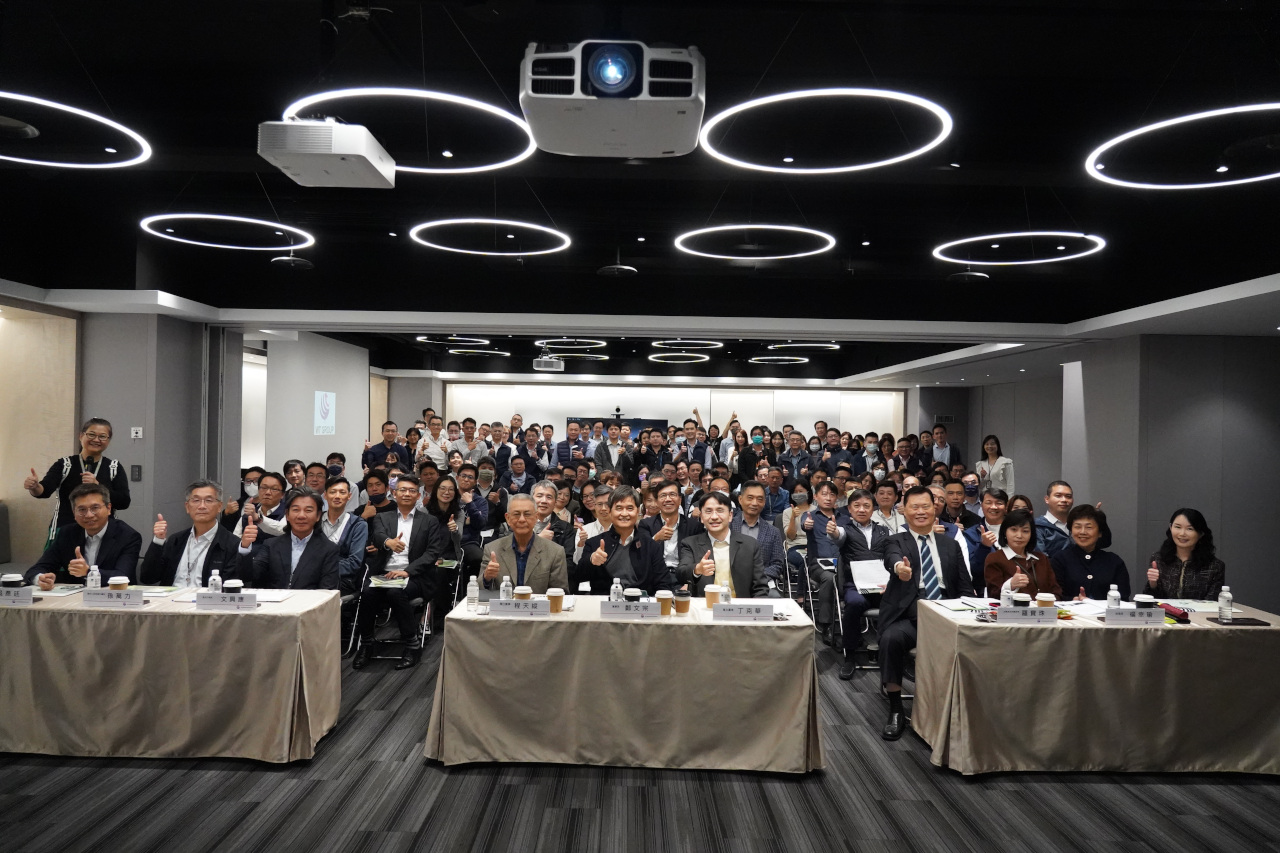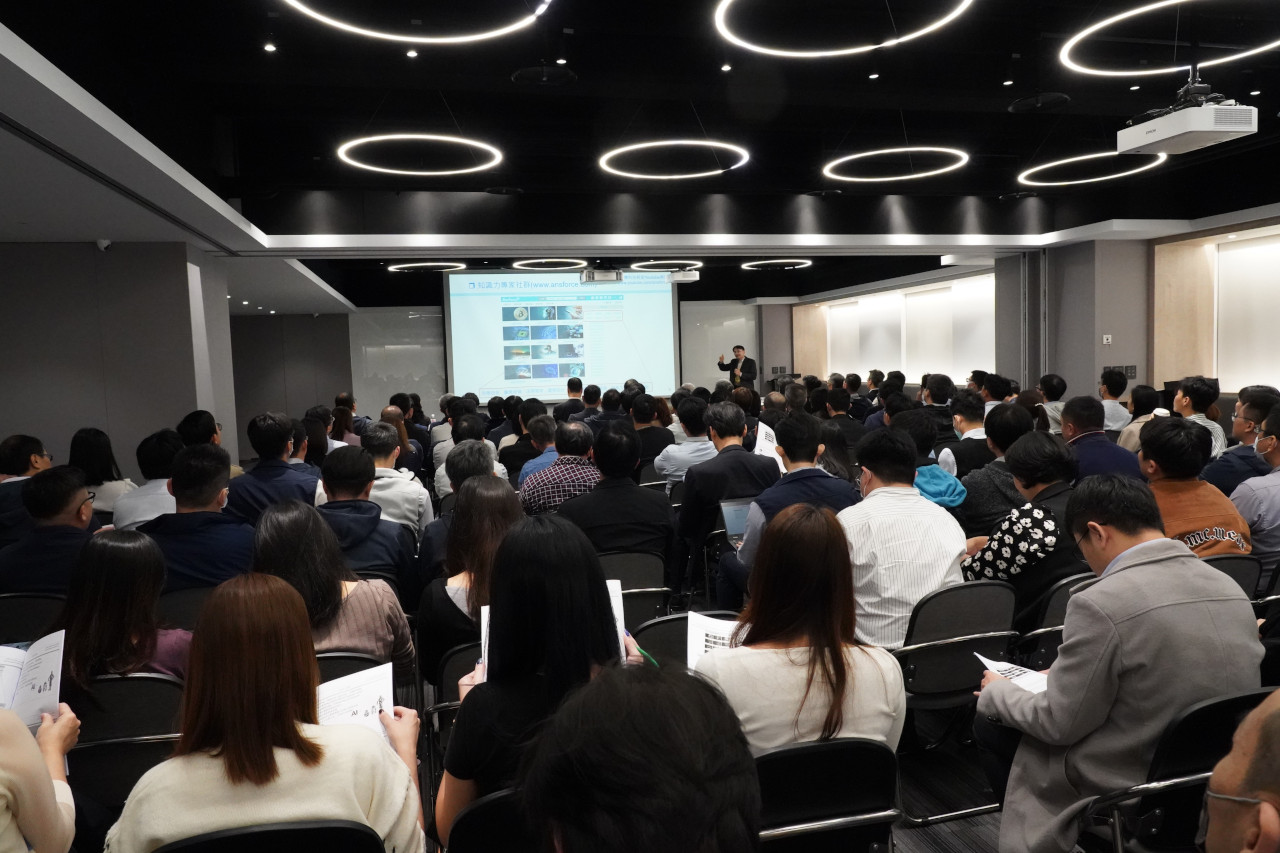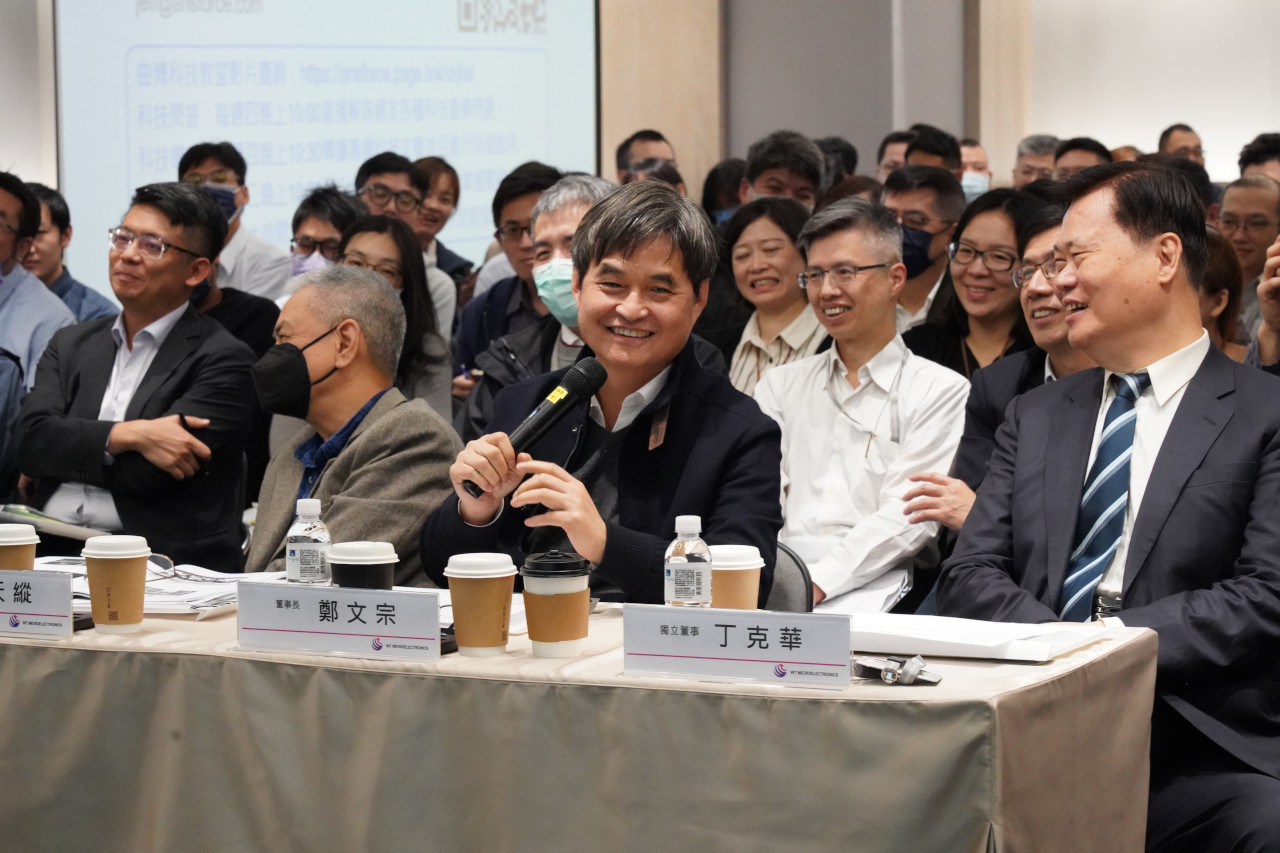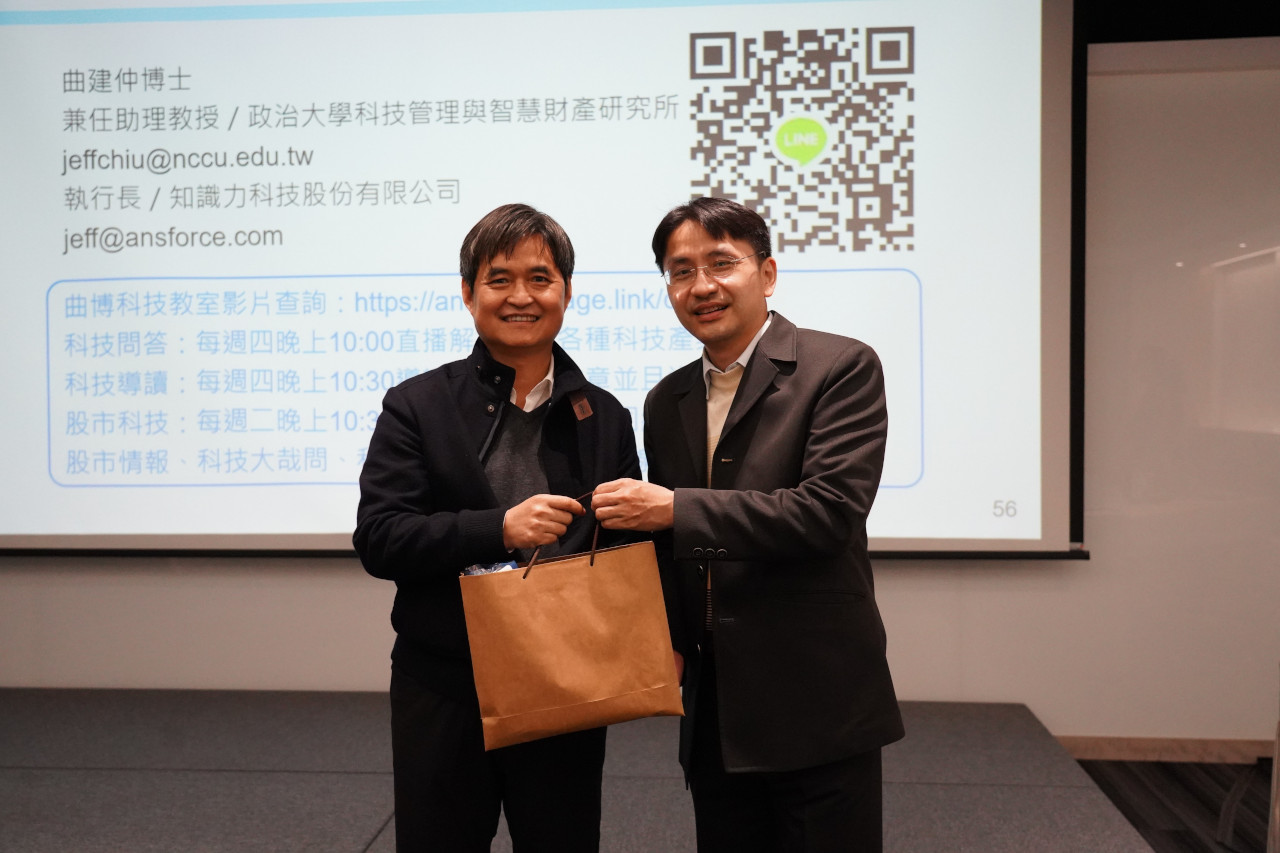ChatGPT often talks nonsense with a straight face, which requires a wise person to carefully verify whether its answers are correct.
"What is artificial intelligence?" Dr. Chiu explains, "AI isn't about simulating the human brain using computers. It is a data analysis technique and statistical method." Contrary to popular belief, AI is not confined to electrical or information engineering. It is essentially a combination of data analysis and statistics. In the age of AI, it is crucial to comprehend at least 20% of the tech landscape. This level of comprehension serves as the knowledge tipping point for one to learn technology on their own. Having a fundamental awareness of various technologies is essential to make sense of related information.
To further explain, one can compare the learning process of artificial intelligence to how the human brain learns. AI can be divided into two stages: "Training and Learning" and "Inference and Prediction." Humans gather a wealth of data and experiences through their senses—eyes, ears, nose, tongue, and skin. This information is then stored in the brain for cognitive purposes. When scientists train computers, they input large amounts of data into the computer. The former process involves consciousness, while the latter is unconscious. Therefore, training artificial intelligence is both expensive and time-consuming. For instance, training ChatGPT once requires a cost of ten million US dollars. However, once the AI is constructed and trained, the inference process happens in an instant, presenting predictions and conclusions within ten seconds. The speed is indeed astonishing.
Among artificial intelligence models, the generative type does more than simply analyze existing data. Instead, it delves into learning the probability distribution within the data and utilizes this knowledge to create entirely new content based on the analyzed data. The primary applications of generative models include content creation, basic scientific research, human-computer interaction, copywriting, text-to-image conversion, intelligent voiceovers, poster generation, intelligent special effects, code generation, and medical diagnosis.
The language model known as Generative Pre-trained Transformer (GPT) adopts deep learning to enable computers to generate natural languages that humans understand. The term "Generative" means that it rearranges and combines existing text to create new sentences. "Pre-trained" indicates that it undergoes prior training with a large amount of data to generate a text corpus. "Transformer" refers to the model introduced by the Google Brain team in 2017, which is an earlier version of GPT.
What are the applications of AI in businesses? How do we communicate with robots?
To make computers understand human speech, it is crucial to build a large collection of text data based on linguistics, creating a comprehensive text corpus that records the relationships between words. This forms the foundation for various applications, such as chatbots conversing, ghostwriting academic papers, reading reports for stock selection, drafting customer service letters, and even writing code for engineers. Moreover, it is savvy in both Chinese and English languages. The future development of different languages in the field of AI will depend on the pace and investment of countries worldwide.
It is expected that every engineer in companies would eventually become a "Prompt" engineer in the future. Computers would use the text we input as prompts and comb through a database containing a large amount of human text or discourse, rearranging and selecting the most probable words to generate coherent output sentences. Throughout this process, the computer is merely performing mathematical and probability calculations unconsciously, contrary to any illusion that the computer understands what humans are saying. The results are certainly devoid of any soul.
The chatbot seems to understand what I mean
Many people, after chatting with ChatGPT, feel that its responses are so fitting that they might mistakenly believe it has the ability to think and understands what they are talking about. Chiu emphasized, "In fact, this is not the case at all!" He explained that ChatGPT identifies features based on the questions humans ask, searches for suitable keywords in the database using these features, and then calculates the most suitable response using probabilities. Chiu jokingly said, "Very often, we think it understands, but in fact, it has not understood anything from start to finish."
Even though ChatGPT cannot truly understand human questions, artificial intelligence will continue to play an extremely important role in the future, whether in chat apps or phone customer service, as these are upcoming trends in the next two to three years. While AI will bring convenience to life, Chiu expressed concerns, "This has a significant impact on humans." Because artificial intelligence relies on data and probabilities to respond in text form, it may lead to misinformation circulating on the Internet. ChatGPT often talks nonsense with a straight face, which requires a wise person to carefully verify whether the answers are correct. Therefore, correct utilization of artificial intelligence becomes crucial.
It is worth mentioning that the art created by the AI image generator Midjourney won the first prize in the Fine Arts Exhibition, digital art category. AI-produced and directed videos, and controversial deepfake technology have all posed challenges. The authenticity of information once again presents companies a difficult task in establishing their own AI super brain systems in the era of constant change. Meanwhile, it will require even more attention and effort in protecting closed or open data with Generative Information Retrieval (GIR), optimizing digital assistants, and ensuring the precise quality of AI applications.




